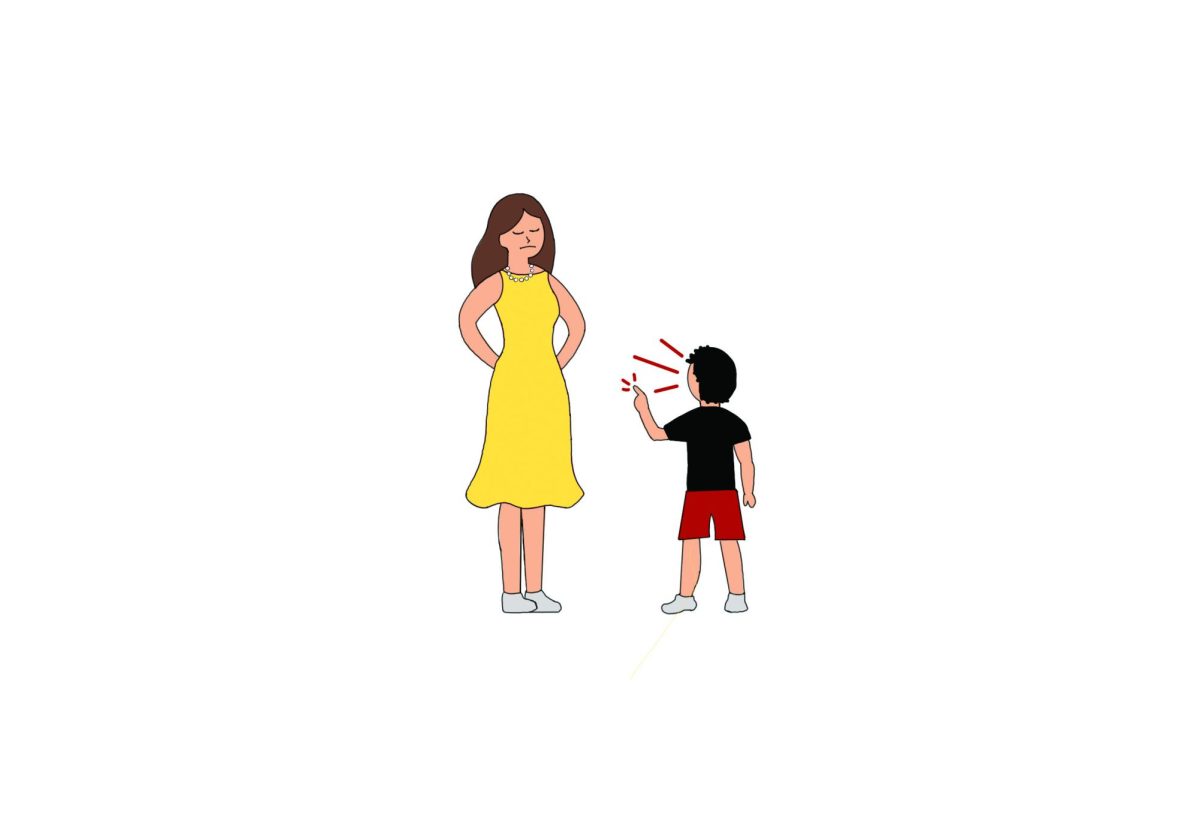Project-based learning isn’t the answer
December 13, 2018
Project-based learning is the biggest craze in education right now, sweeping the nation with its promises of positive collaboration, real-world experience and creative exploration. However, the benefits of this kind of curriculum only outweigh its cost in specific situations. PBL should not be widely implemented in public schools because it cannot effectively provide a comprehensive education for all students.
PBL reached its high point of popularity in the 1960s, but lost support as its iteration during that time was considered too radical. Had PBL shown true merit as a primary method of teaching, it would have survived more prominently.
PBL is being implemented by teachers at BVNW, like Honors Algebra II and AP Statistics teacher Laura Deffer. Deffer said that PBL can include activities like building a model or coming up with a solution to a problem.
“Project-based learning goes beyond the content and explores how it can be used in the real world,” Deffer said.
Proponents of incorporating PBL more frequently in public schools argue that it allows students to pursue their own interests and talents in school. While most students currently begin focusing their education on one subject during college, this curriculum would give kids the opportunity to specialize earlier on. But how many teenagers actually know exactly what career path they want to follow as an adult? High school is meant to be a time of exploration and discovery, not a time for getting trapped in one field or interest. Mandating specialization for students is harmful because it pressures them to narrow their focus at the time when it should be widest.
PBL is appropriate in specific subjects, like some elective classes. For example, in Newspaper we learn skills through experience, which allows us to see our successes and failures in a product. Newspaper is meant to teach real-world skills, not facts and concepts in the way that a math or science class does. Our school system is set up so that every child is required to be at least somewhat experienced in the basic subjects of ELA, math, science and social studies. This ensures that every teenager enters adulthood with a solid base of knowledge that allows them not only to pursue the career of their choice, but to also become an educated and experienced member of society. Core classes should give all students a basic understanding of the world and how it works. Application of this understanding is still necessary, but it should not be the focus of a class that is intended to provide each student with the same body of knowledge about a subject.
Putting students in charge of their own learning is not only too large a burden in terms of decision-making, it is unreliable. Most of my peers can attest to the fact that in many group projects there is at least one student who does little- to- no work and learns nothing through the process. While learning to deal with these situations is beneficial in small doses, it often weighs down the active members of the group as the slacker rides on other group members’ coattails. Without an unrealistic level of teacher supervision, it is nearly impossible to hold every student accountable for doing his or her part and learning the intended material through a project. For this reason, PBL should be isolated to elective classes that are built to support it.
Even when PBL is used successfully, it is less efficient than traditional instruction in classes based on specific curriculum, like math and science. My Honors Algebra II class recently completed a group project in which we were required to build a catapult that could launch a ping pong ball. The project was part of a quadratics unit, so we recorded the parabola-shaped flight of the ball and found its equation. While spending a class day building a catapult and another launching ping pong balls was a nice change from my normal routine, my understanding of quadratics was not enhanced by this project. In the ten class periods it took up, it provided me as much practice as I could usually find in a 15-minute worksheet. Class time is valuable, and it should not be taken up by projects like this that add little to the curriculum.
At its best, PBL teaches useful skills like collaboration and critical thinking, but at its worst it distracts from critical information and instruction. Hands-on projects are an effective method of learning for some kids, but this benefit does not outweigh the method’s time-intensive and inconsistent nature. PBL should be implemented in small doses in order to accommodate the different learning styles of today’s students, but it should not be the primary method of teaching within required subjects.






